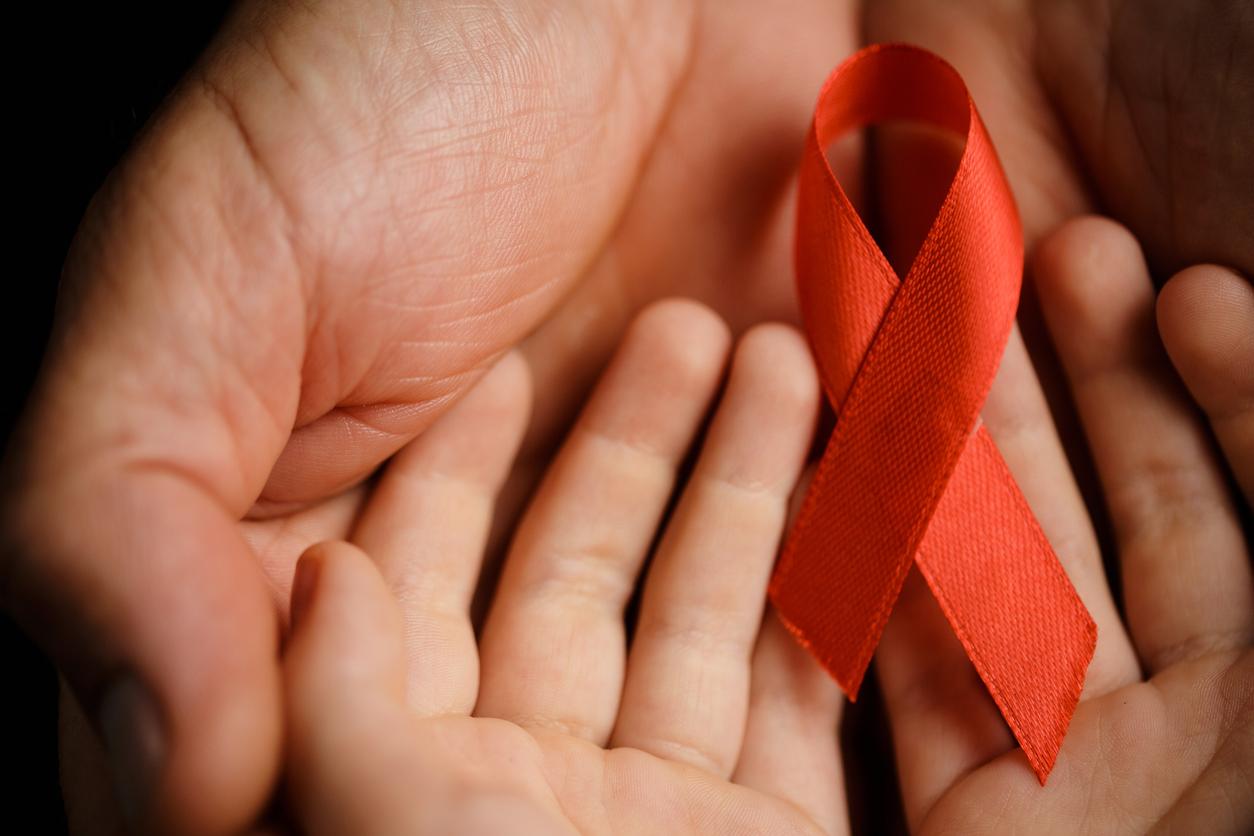1.7 billion people suffer each year from diarrheal diseases linked to unsafe drinking water. To recall this, Action Against Hunger organized a shock happening.

On the occasion of World Water Day organized by the United Nations (UN) this Saturday, the association Action contre la Faim (1) organized a punch action. Under the figure of his new character, “Prof Lamort”, these activists contaminated with blood the water of two emblematic fountains of the French capital, the Saint-Michel fountain (6th) and that of the Innocents (1st) in Paris.
Water-borne diseases kill more than wars
In fact, it is a coloring product used for coloring fountains (harmless to health and the environment) which was used by Action contre la Faim. With such a happening, the NGO wished to recall that more than 780 million people in the world currently drink water that is not drinkable. A disastrous situation given that, in the figures, non-potable water kills more than wars!
1.7 billion people on the globe suffer each year from diarrheal diseases linked to this water unfit for consumption. And with 760,000 deaths per year according to a recent UNICEF report (2), diarrhea was the second leading cause of infant mortality in 2013 after pneumonia, “although this disease is easy to treat and prevent” ‘association. Water-borne diseases are also a major and immediate cause of malnutrition in children under 5, another cause of death in young children.
Finally, this malnutrition resulting from water-borne diseases is causing even more devastation than one might think. “Links have long been established between infections and malnutrition,” said the press release from Action Against Hunger.
An infectious disease will cause a series of physiological phenomena (loss of appetite, catabolism, immune reduction), which expose the child to acute malnutrition, and studies have also proven the impact of repeated infections on chronic malnutrition.
As a result, a “water, sanitation and hygiene” intervention immediately reduces the risks of infection such as diarrhea, intestinal infections and exposure to intestinal worms.
In 2012, 3.7 million people benefited from the “water, sanitation and hygiene” programs of the Action Against Hunger network.
(1) Created in 1979, Action contre la Faim is an international non-governmental organization. Its mission is to save lives by ending hunger through the prevention, detection and treatment of undernutrition, especially during and after emergencies related to conflicts and natural disasters. In 2012, ACF helped nearly 7.3 million people in more than 45 countries around the world.
(2) United Nations Children’s Fund
.
















